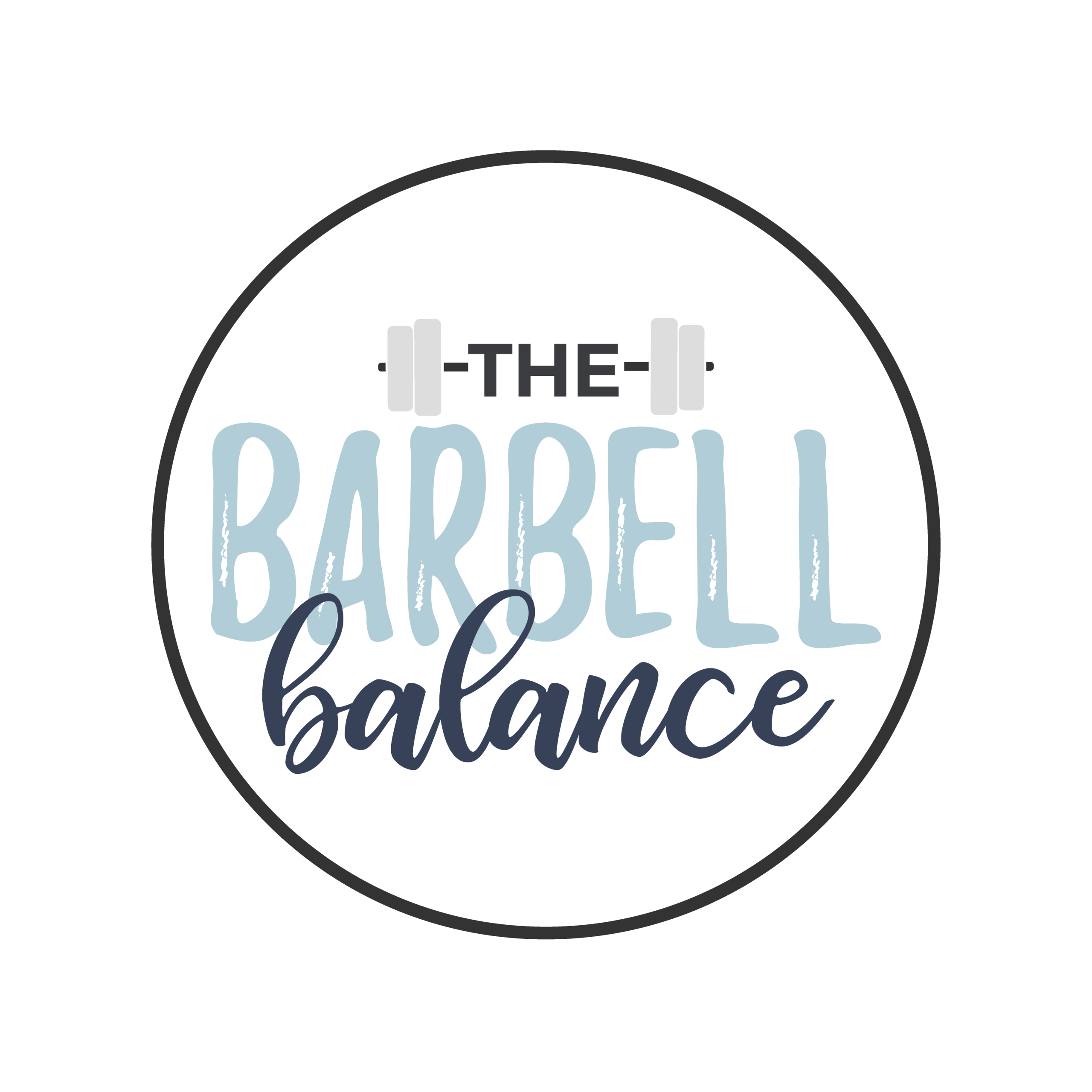Mysteries Of The Kegel…Solved
The kegel is the single most prescribed exercise for healing the pelvic floor. The mythical vaginal contraction, women are doing to keep their lady parts strong and tight. Because every woman needs a tight vagina to have a well functioning one, right?
Yet, another mythical claim to fame by an immature male population who has no business being in a vagina if that’s what they believe.
A tight vagina doesn’t equal a well functioning vagina. And it certainly doesn’t mean a woman is going to have pleasurable sex. Quite the opposite, actually.
Many women experience tightness in their pelvic floor known as hypertonicity. This happens when the vaginal muscles are mostly contracted and have a hard time relaxing. Your pelvic floor is a dynamic muscle and it needs movement. However, if it’s too tight, it can’t move well.
Think of this tightness as a sore upper back. The tightness is typically related to overactive muscles within the back. Sitting hunched over at a desk all day, you’re probably going to have some stiffness. Switch positions and you might have some relief.
Like pelvic floor pain, some women never find relief from their back pain either, choosing to live with is as a normal part of life. This does not have to be your new normal.
Hear me when I say this, pain is common, but not normal. So stop putting up with that shit.
Having a tight pelvic floor has been linked to low back/hip pain. Lucky me, mine gave me sciatica which hurt like a mutha. Thankfully, it’s good now. I’ll save that for another day.
Back to the kegel.
When your pelvic floor is already tight, a couple of things will happen when you try to kegel.
- You may not be able to contract your pelvic floor muscle.
- You may only be making your pelvic floor even tighter.
- A tight pelvic floor can be very uncomfortable, even painful for a woman. There can be spasms and sex can be painful. She may even have trouble going to the bathroom because the pelvic floor is unable to relax enough to let anything out.
As you can imagine, contracting a muscle which is always contracted isn’t exactly helpful. So performing a million kegels at a stop light isn’t exactly doing you any favours.
Which brings me to my next point. Most women have no idea how to do a proper kegel. In fact, many women are bearing down which is placing pressure onto the pelvic floor. This may exacerbate symptoms. Learning to kegel properly, will assist in reducing your symptoms.

That’s right my friend. Kegels are like deadlifts. They can be done wrong, leaving them inefficient. The kegel is a skill and it can be mastered. But the pelvic floor muscles need to be able to move well first.How do you know if you’re doing kegels efficiently?
The only what to know for sure is you good ol’ neighbourhood pelvic floor physiotherapist. They can go internal to assess the movement of your pelvic floor to see if kegels are right for you.
Remember, if your pelvic floor is overactive, you may need to start with reverse kegels.
You can assess yourself as well. Keep in mind, this isn’t as accurate as having a trained professional up in there, but you can use this as guidance if you don’t have access.
Lay on your back with your feet flat (like you’re doing a glute bridge). Make sure your alignment is in neutral
- Place 2 of your fingers on your perineum (you can go inside if you’re comfortable)
- On the inhale, take note of the position of your vagina. Does it feel open or lifted?
- On the exhale, take not of the position again. Open or lifted?
- On the inhale, your vaginal should be feeling open or relaxed. On the exhale, it should be lifted of contracted. Try this a few times before moving to the next step.
This round, you’re going to add in a gentile contraction. Like you’re lifting a spoon. Not a 500 pound boat.
- Take a big deep breath in
- As you exhale, draw your vagina up and in like a jellyfish.
Try this a few times until you get the hang of it. You may really need to focus.
If there isn’t much movement, you can try a reverse kegel. Instead of liting your pelvic floor on the exhale, you’re going to open it more. Again, this may take a bit of focus.
Feel how your vagina moves. Is it going up and down when you match it with your breathing? Is there no change?
As you can see, the kegel isn’t just a squeezing your vagina as tight as you can. It needs to be paired with your breathing and it requires tension to task. Light contraction for picking up light objects. A more intensive contraction for picking up washing machines.
Go give this a try and tell me how doing a kegel this way feels compared to before?
In Strength And Lady Parts, kegels play a massive role. You will learn to use them with your lifts, so when you begin to add on load, your pelvic floor is ready for impact. We are now in phase 2 and many of the members have introduced the barbell into their training.
Do you have leaks or feel bulging in your vagina during your workouts? You can begin your symptom free training journey and max your performance today by clicking here.
Happy kegels my friend,
Terrell
Ready to maximize your postpartum lifting performance? Get my favourite barbell training strategies in my free Barbell Training For Pregnancy and Postpartum Strategy Guide. You will learn to minimize pelvic floor dysfunctions, and improve lifting power in both pregnancy and postpartum.
Resources:
1.Correct performance of pelvic muscle exercises in women reporting prior knowledge. Kandadai P1, O’Dell K, Saini J. https://www.ncbi.nlm.nih.gov/pubmed/25349943
2. A comparison of perineometer to brink score for assessment of pelvic floor muscle strength. 2005 May;192(5):1583-91. Hundley AF1, Wu JM, Visco AG. https://www.ncbi.nlm.nih.gov/pubmed/15902162
3. The impact of progressive pelvic floor muscle exercise and manual therapy in a patient postpartum who met the criteria for sacroiliac joint pain based on Laslett’s cluster of provocation Physiother Theory Pract. 2018 Jun 28:1-7 Andersen A1, Carter R2, O’Shea R2. https://www.ncbi.nlm.nih.gov/pubmed/29952692
4.Association between lumbopelvic pain and pelvic floor dysfunction in women: A cross sectional study. Dufour S1, Vandyken B2, Forget MJ3, Vandyken C3. Musculoskelet Sci Pract. 2018 Apr https://www.ncbi.nlm.nih.gov/pubmed/29268147

